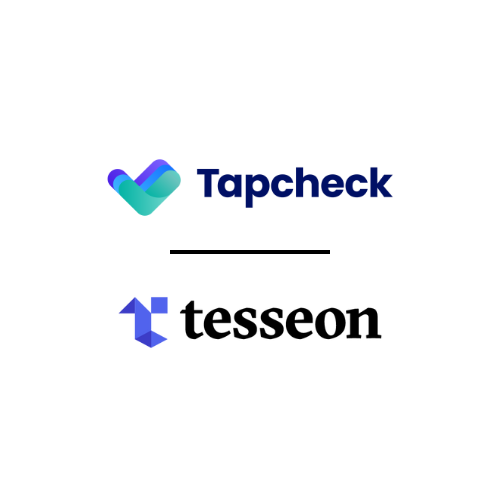Economists from Deloitte and the Wall Street Journal are projecting tougher roads ahead for the average working-class American consumer, particularly those in the hourly-wage and service sector.
Persistent inflation trends, coupled with dwindling pandemic savings and a general economic cooling, will put extra pressure on working-class Americans to make ends meet.
The Script is Flipping
At the start of 2024, the average working-class American was doing better than at any point before the onset of the Covid-19 pandemic. Wage growth was outpacing inflation month-over-month by two percentage points, on average, as job openings exceeded the number of unemployed workers.
But in the second half of this year, new trends are emerging. American consumers no longer have the cushion in savings from pandemic stimulus, and small bump in wage growth has not been enough to withstand rising costs in key categories like fuel, rent, and groceries. Pressured by high interest rates and increased production costs, businesses are also no longer offering generous wage hikes, and some are cutting hours.
A Looming Slowdown
Major forecasters from Deloitte, Fitch Ratings and others are worried about a slight – but definitive – economic slowdown. Recessionary factors -- like high interest rates set by the Federal Reserve and global unrest -- have threatened a downturn, but strong consumer demand and spending had previously kept these factors from turning the economy too cool. But that appears to be shifting.
Should a true recession occur, economists are concerned about the disproportionate impact it will have on working-class Americans. The disappearance of Covid-era safety nets and rising costs have been putting pressure on all household finances, but particularly those most vulnerable to price increases.
As the economy continues to shift into a lower gear, lower and middle income Americans will feel the strain first.
Perfect Storm Threatening the Working-Class
- Personal savings rates have returned to pre-pandemic levels. Working-class Americans have less than $8000 in savings
- Interest payments have increased as a percentage of income. Personal interest expenses are projected to reach $531 billion in 2024, up 77% from two years ago
- Credit card debt is near record levels at $1.115 trillion. The average American owes nearly $7000
- Student loan repayments have resumed, with $1.753 trillion outstanding
So, where does this leave the average American consumer, particularly those in the working class? With a tighter belt and more stress about everyday expenses, for starters. Paying for necessities now often means taking on more debt.
The Pay Benefit to Consider
Earned wage access (EWA) programs have emerged so employers can help tackle this problem with their employees together. Billing cycles and payday don’t always align, making it hard for workers to avoid late fees and extra debt without better control over their wages.
EWA programs allow employees to access a portion of their earned wages before their scheduled payday. Here's how they typically work:
- Employees can request access to a portion of their earned wages through the mobile app
- The requested amount is transferred to the employee's bank account or onto a prepaid debit card
- The transferred amount is automatically subtracted from the next paystub
Benefits of EWA programs include:
- Reduced reliance on high-interest payday loans or credit cards
- Improved financial flexibility for employees
- Potential for increased employee satisfaction and retention
- Access to financial education resources
By offering EWA programs, employers can help their workers better manage cash flow and avoid costly financial pitfalls, ultimately contributing to a more stable and productive workforce
Help your employees take control of payday by offering on-demand pay. As the economy begins to tighten, it’s important to ensure your workforce has all the tools it needs to plan for the uncertain future ahead.




.png)
.png)




